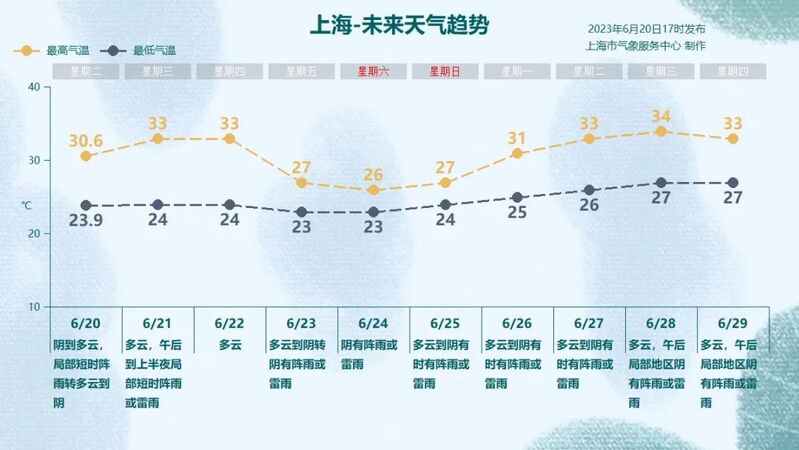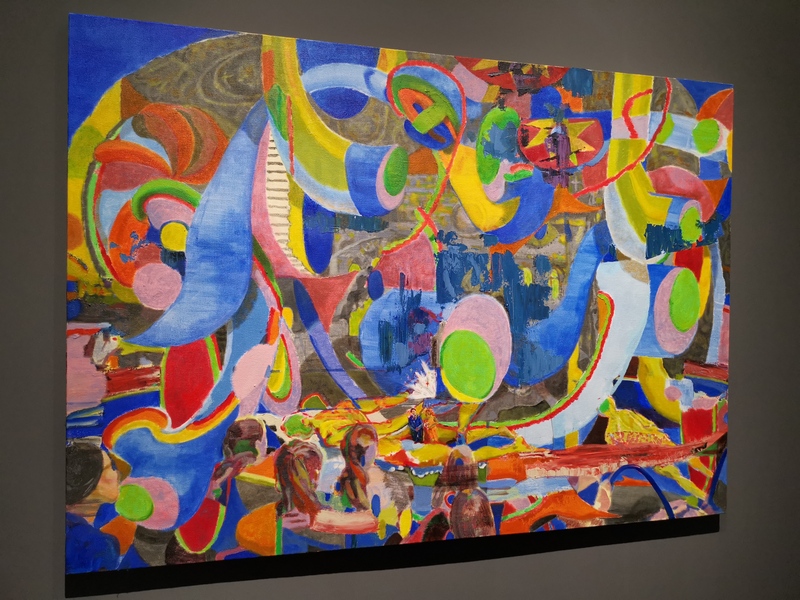The reasons behind the formation are not simple. Shanghai’s “Looking for Dragons”: There were “dragons” in these places hundreds of years ago.
The Year of the Dragon that has just ushered in is the first Lunar New Year since the Spring Festival was established as a United Nations holiday. In Chinese culture, the dragon is a symbol of courage and prosperity, so in the past two days, the popularity of the "Chinese Dragon", the protagonist of the Lunar New Year, has surged. In fact, there are many "dragons" in the international metropolis Shanghai, some of which existed hundreds of years ago. Let’s explore it together.
Place names are one of the key clues to the continuous history and context of a city. The reporter learned from the Landscape Department of Shanghai Municipal Planning Bureau that there are many place names containing "dragon" in Shanghai. Pudong New Area has Longyang Road, Longxin Road, Longfeng Road, Huilong Road, Longdong Avenue, and Jielong Village; Yangpu District has Longjiang Road; Hongkou District has Jiulong Road; Qingpu District has Qinglong Ancient Town and Panlong Ancient Town. There is Huilongtan in Jiading District, and Longming Road in Minhang District...
Which "dragon" is the most popular in Shanghai? It has to be Longhua. On the first day of the Lunar New Year, Longhua Temple held a prayer event and received a large flow of tourists from the morning. Longhua Temple is located in the south of Xuhui, Shanghai. Historically, there were also Longhua Tower, Longhua Town, Longhua Airport, and Longhua Port...
Why are there so many place names related to "dragon" in the Longhua area? This is related to a specific rule of place names themselves - they are born together. The name "Longhua" was originally a temple, then a pagoda, and then a township, a district, a town, and a street. It is a typical place name that spreads due to religious sites.
Longhua Temple and Longhua Pagoda can be traced back to the Three Kingdoms period. According to legend, they were built by Sun Quan for his mother more than 1,780 years ago. When an important place name is produced, similar place names will be produced around it. This is the unique law of place names. This was Longhua Village in the Southern Song Dynasty, Longhuapu and Longhuali in the Yuan Dynasty, and Longhua Town was established during the Wanli Period of the Ming Dynasty.
In modern times, the meaning of "Longhua" continues to evolve. In 1922, the largest airport in the Far East was completed in the Longhua area and named Longhua Airport, which laid a profound imprint on China's modern industrial civilization. Since 1949, it has been renamed Longhua People's Commune. In the 1980s, it was renamed Longhua Town, and the Longhua Martyrs Cemetery and Memorial Hall were built on the site of the original Songhu Garrison Headquarters execution ground. Until 2001, it was changed to Longhua Street.
The national intangible cultural heritage "Longhua Temple Fair" has been held in front of Longhua Temple since the Tang Dynasty. Shanghai folk customs often say, "On March 3rd, go to Longhua, see peach blossoms, and visit temple fairs." Every year at the beginning of the New Year, the Longhua Temple Fair is crowded and lively. Gradually, people became accustomed to naming the surrounding rivers, roads and residential areas after "dragon", such as roads such as Longhua Road and Longhua West Road, rivers such as Longhua Port, and residential areas such as Longhua New Village and Longnan New Village. Today, the Longhua area has been listed as one of the twelve historical protection areas in central Shanghai.
The Longhua area has quite a historical heritage, but what is interesting is that Xuhui Binjiang, a newly developed area not far away, has an even higher level of "dragons" and can be described as "dragons galloping". In fact, these "dragons" were planned to increase the recognition of the area.
Entering the 21st century, Shanghai began to develop the Xuhui Riverside area in the south of Longhua. In the process of regional spatial planning and design, special attention is paid to the special planning of place names. Xuhui Binjiang uses Longteng Avenue as its north-south backbone and has planned eight road names related to dragons, such as Longyao Road, Longtai Road, Longwen Road, Longai Road, Longheng Road, Longlan Road, and Longqi Road. , Longshui South Road, etc. In addition, there are three road names related to "cloud", such as Yunjin Road, Yunxiu Road, Yunshi Road, etc., which mean "splendid future".
The pattern of place names accompanied by "clouds" and "dragons" reflects another naming pattern of urban place names - derivative development. The place name management department must organize professional research and place name planning before finally naming it. "Cloud" and "Dragon" not only echo the regional characteristics of its riverside, but also reflect the unique historical and cultural heritage of the area. Through professional place name planning, we can promote its derivative development so that it has a certain sense of hierarchy and regularity, thereby forming unique regional characteristics and enhancing regional recognition.
Urban renewal brings place names that have been lost to history back to the public eye. In 2023, "Panlong World", an urban village reconstruction project full of Jiangnan ancient town style, was officially opened. Many people took this opportunity to learn about Panlong's history.
Before the renovation, Panlong Tiandi was located in the Panlong Neighborhood Committee of Xujing Town, Qingpu District. It was one of the earliest towns formed in Shanghai and even Jiangnan. Panlong Town is named after it is located on the west side of Panlong Pond.
It is recorded in the "Panlong Town Chronicles" in the first year of Guangxu in the Qing Dynasty that "it is located in the east of Qingyi, bordering the original Shanghai County. It is home to winding rivers, with fish singing on the creeks and bridges, and a land of fish and rice. The town was built in the early Qing Dynasty and has a history of more than 300 years. In 2000, it developed into a cross street that is one mile long from east to west and half a mile long from north to south. The local people are engaged in farming and weaving and live here in groups." During the Anti-Japanese War, there were more than 10 rice shops and rice factories in the town, and it was one of the main market towns transporting grain to Shanghai. After the founding of New China, it was the seat of Longgu District Government. The area also preserves Xianghua Bridge, a district-level cultural relic protection unit, and Panlong Nunnery, where pilgrims gather.
In 2014, Panlong Village in Xujing Town was selected into the first batch of urban village renovation projects approved by the municipal government in Shanghai. After four years of polishing, the renovation project recreates the "Ten Scenes of Panlong" and the prosperous scene of the Jiangnan Water Town, a commercial town where hundreds of ships competed. The ancient buildings, stone bridges and alleys all reveal a strong historical charm. The new name "Panlong Tiandi" emphasizes the link with local history.
It can be seen that the development context of place names is the historical witness of the development context of a city or a region. Place names must not only be scientific, that is, have a clear pointing function, but also pay attention to their cultural nature, and must be able to reflect the inheritance of regional historical context. In this sense, place names are essentially keywords for a region. By reading a city through these keywords, you can understand the history behind a place name and understand the city's character, genes and historical memory. If these historical points are connected in series, it will be a historical clue of urban development.





